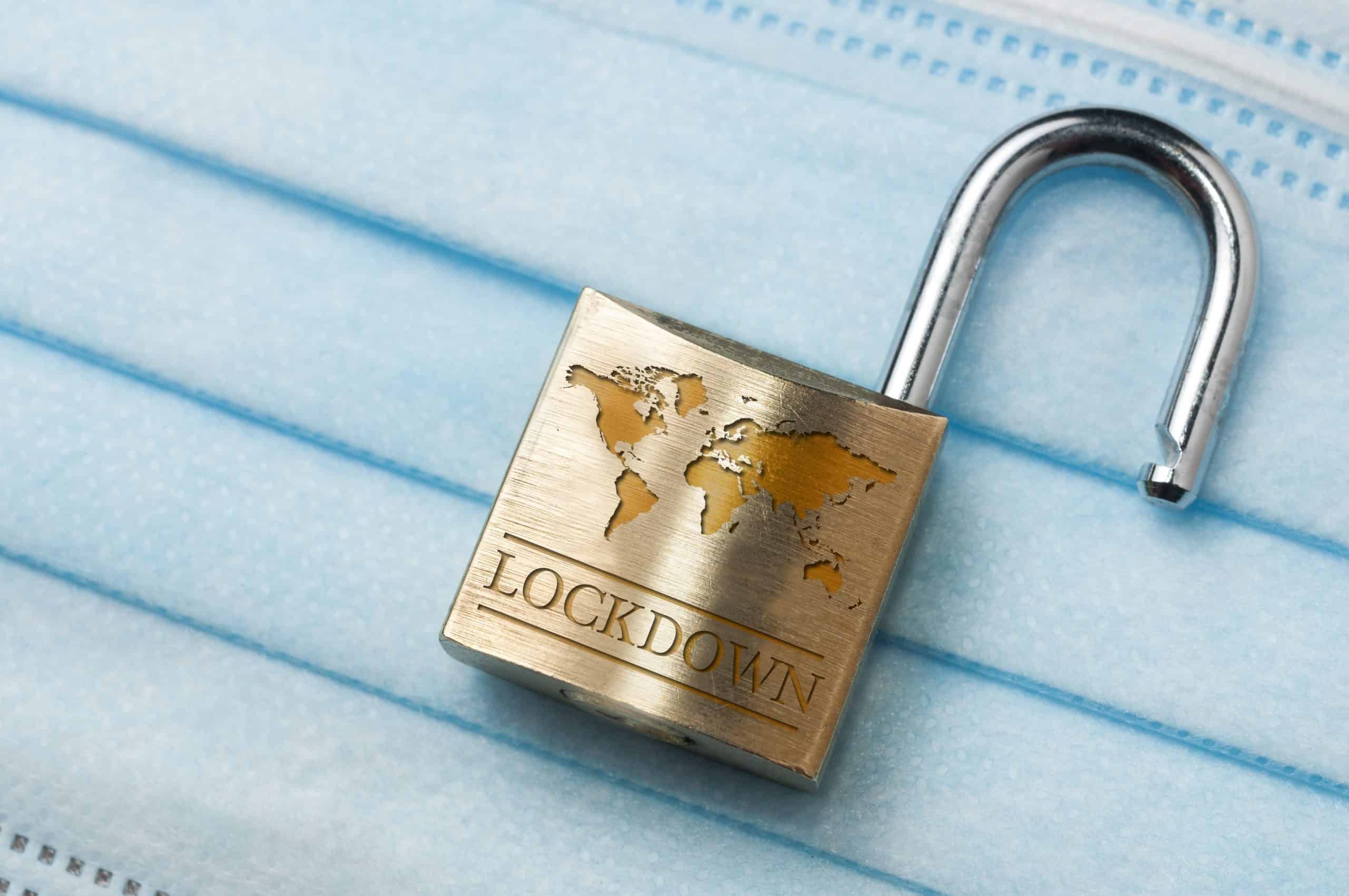

Image by AdobeStock
With Australians largely confined to their homes and worries about job losses playing on their mind, it’s unsurprising that retail spending fell by a record 17.9% during April. This is according to preliminary figures released on Wednesday, 20 May by the Australian Bureau of Statistics (ABS).
“This is the strongest seasonally adjusted fall ever published from the Retail Trade survey, following the strongest ever seasonally adjusted rise in March 2020. Turnover was down 9.4% when compared to April 2019,” the ABS said in a statement.
The figures, which are still regarded as preliminary and subject to final revision in June, indicate that there were decreases in spending across every industry measured. There were particularly strong declines in food retailing, cafes, restaurants and takeaways, and clothing, footwear and personal accessories.
Food retailing, which saw a strong rise in March due to unprecedented demand as consumers stocked up ahead of lockdown, fell in April by17.1% versus the March figure.
“While March saw a mix of impacts related to COVID-19 across industries, these impacts were overwhelmingly negative in April, as regulations regarding social-distancing measures limited the ability of businesses to trade as normal for the entire month,” the ABS stated.
“Cafes, restaurants and takeaway food services, clothing, footwear and personal accessory retailing, and department stores fell heavily in April and there were no offsetting rises in the other industries.”
Figures show that turnover relating to clothing, footwear and personal accessories was around half the level of April 2019. It was the same for cafes, restaurants and takeaways.
Meanwhile, Reuters reports that National Australia Bank’s cashless retail sales index reflected the nation’s sombre consumer mood. The index – which measures debit card, credit card and other cashless spending on NAB platforms – fell by 5.3% in April.
“The hole blown in discretionary retail is unlikely to be filled any time soon,” NAB Group chief economist Alan Oster told the news agency.
“With our latest economic forecasts pointing to unemployment at 11.7% by mid-year and remaining above pre-crisis levels over the next 18 months, consumers are unlikely to have a great deal of discretionary spending power.”